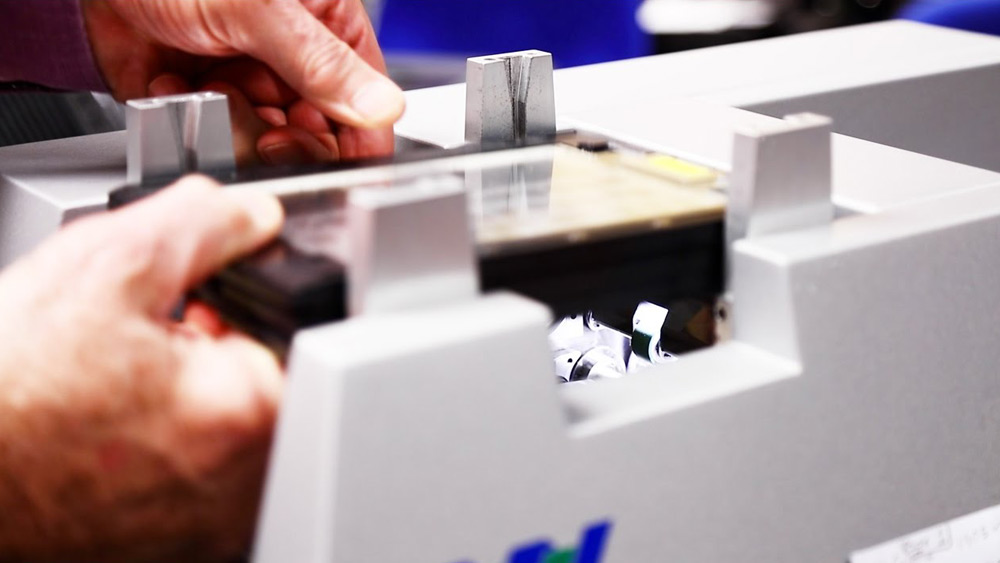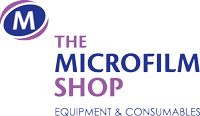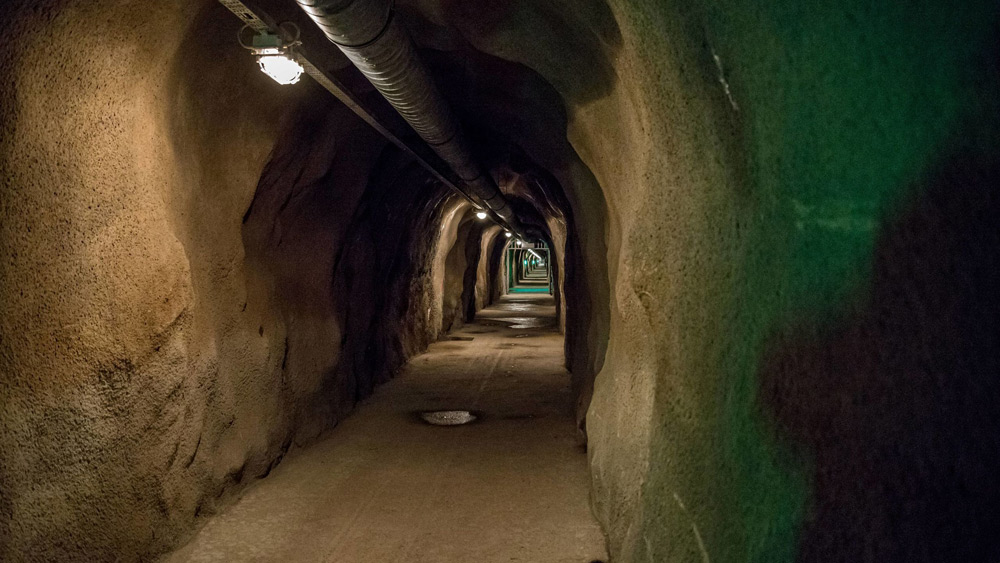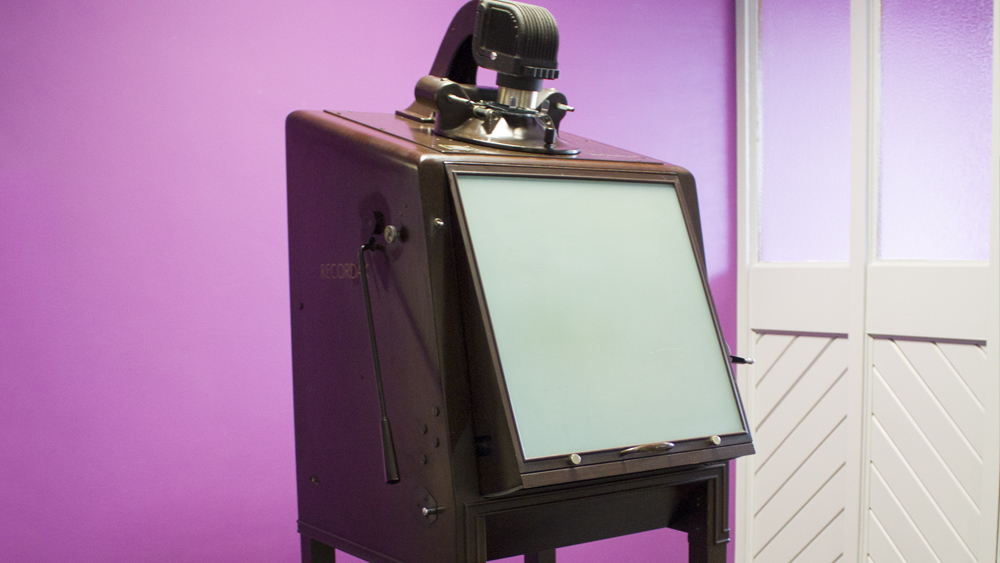The GDPR Conference Europe was held recently in London and it was surprising to get…

Legacy microfilm; from historic space saver to today’s digitisation challenge
There are huge quantities of microfilm material in the archives of organisations and institutions in the UK and it is not difficult to understand why. Huge volumes of paper documents that needed to be kept for the long term were reduced down to a preservation media that takes up a fraction of the space.
These principals still apply today which is why standards compliant microfilm is still in active use to protect information for the long term.
When commercial microfilm first became prevalent in the 1960’s it created a huge growth market with microfilm companies setting up in factories and garages across the country. Different services were offered from capture to 16mm or 35mm silver halide film to single sheet microfiche, chopping up 16 mm film and placing it in microfiche jackets and, from the 1980’s computer output onto microfiche. This COM output could capture up to 270 pages onto a single piece of fiche. Then came chemical (Diazo) and silver duplication methods.
The principle being that the clients of these microfilming companies delivered paper and got back microfilm in a huge number of varieties and, because of the surge in production, to a huge variety of quality levels.
Much more active use of Data Protection Act 1998 ‘Subject Access Requests’ in recent years may mean that holders of microfilm may not have seen the quality of their records until relatively recently.
As in my previous post (How much personal GDPR information is being held on your microfilms?) the changes to data protection legislation under the General Data Protection Regulations (GDPR) now mean that whilst microfilm is a superb format for future archiving, the information on that microfilm is now subject to new legislation – you could be holding too much information. When the ‘Right to be Forgotten’ comes in how do you delete only the pages on a roll of film or a microfiche that relate to one individual? You can’t, the only option is to digitise the material and then throw away the relevant digital images covered by the ‘right to be forgotten’ request.
Add to this that even basic printing of microform materials is becoming impossible due to every analogue reader printer on the market being unsupported; with no parts available on the open market.
All this adds up to digitisation of microfilm and fiche being the only way forward. That would be fine if it wasn’t for the unfortunate reality that the format and quality of film produced over the years varies significantly.
At Genus we have come across many of our customers’ films that have been poorly exposed (are too dark or light) where the bulbs of the original rotary filming cameras had failed or where the film was not in focus. Other issues are scratches and lines on the film from years of use or poor chemical mixes in the duplication process causing the images to be ‘washed out’.
The net result is that digitising microfilm and fiche is not as easy as buying a cheap scanner, feeding in the film and pressing a button. Depending on the film quality the results could be very variable. Also, once digitised into images or PDF files, how do you find the information you are looking for? All you will have is images. No link to the information on the original documents.
The only viable solution is to work with someone that really understands microfilm and how to digitise it properly. At Genus we digitise millions of microfilm images every year for our customers and we are the exclusive UK reseller and servicing provider of the most advanced bulk microfilm scanning equipment on the market from Wicks and Wilson. With Wicks and Wilson being a UK manufacturer of production microfilm equipment, it means that our clients have the very local support of the manufacturer, the distributor and the service provider – all ready to personalise the set ups for your unique microfilm images.
At Genus we help our clients plan and define their project from the ground up so that the resulting digital data is as useful as possible for all potential requirements.
Either by doing the conversion for you or by providing equipment for you to do it yourself (with setup, full training and ongoing servicing support) Genus can help you design your best approach.
We start by offering free consultancy where one of our experts comes to you for a day. During that visit they will work with you to discover:
- What you are trying to achieve?
- The accurate quantities of film and fiche that you have
- Define how you use finding aids or processes to find the film or fiche you are looking for in your current retrievals process
- The quality issues that there may be with the film or fiche that you hold
After this we will invite you to our head office in Nuneaton with some sample material to carry out tests. Our experts will work with our software and scanners to get the very best images from your film materials.
Armed with that data Genus will then design a project approach with your existing finding aids, manual data entry and OCR technology to make your scanned images findable in a document management system that you may already own or that we can supply for you.
At the end of the process we will have defined a fully costed and realistic approach to converting your microfilm whether as a service we can provide or for you to implement back in your offices.
Microfilm often contains very sensitive information and at Genus we understand the importance of data security and maintaining an efficient and effective quality system. This has led us to be certified with ISO 9001:2008 and ISO 27001:2013.
Digitising your microfilm materials is almost certainly the only feasible way forward, particularly in the context of GDPR and your inevitably failing reader printer machinery. The legacy of microfilm production over the years means however that it is a specialist process that needs to be done properly. To attempt a conversion process without the appropriate advice would be to court disaster as the resulting images may be poor quality and impossible to find.
At Genus we have been working with microfilm for over 40 years. Let us lend you our experience and help you deliver a project that will have lasting benefits and will take away the headache of your legacy microfilm forever.
Get in touch we’ll be happy to talk through your challenges and see how we can help.
By Paul Negus – Managing Director
ABOUT THE AUTHOR
Paul has 25 years experience in the microfilm industry, presiding over The Microfilm Shop as it expanded into scanning equipment and digitisation services as the Genus Group. Paul has helped select the best of breed equipment ranges for the Genus Group, ranging through microfilm scanners, microfilm writers, document scanners, book scanners and high end capture devices. Through his experience of dealing with historic information on microfilm Paul understands the long-term archiving requirements of organisations.



